
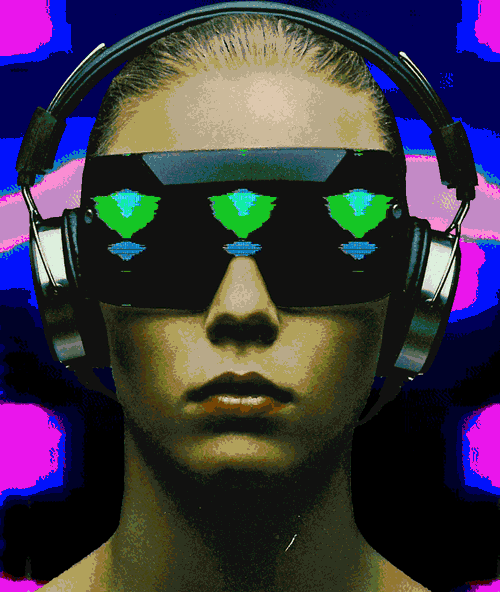


|
During one of my many deep dives into the rabbit hole of obscure gaming, I stumbled upon a small hobbyist site dedicated to all things Atari. At the time I was trying to find more information on the Atari Cosmos, a portable gaming console that never made it to market. However my attention shifted to the Atari C240, more commonly referred to as "The Atari Video Music."
Released at the peak of Atari's cultural relevancy in 1977, this strange device was the follow up to the Atari 2600 and is considered the first consumer music visualizer. Atari HQ during its prime was like a massive bender. Drug use was common place, especially psychedelics. If I had to guess, the idea of The Video Music must've been the result of an acid trip, something where designer Robert Brown must've wondered "we can hear music, but why can't we see it as well?" 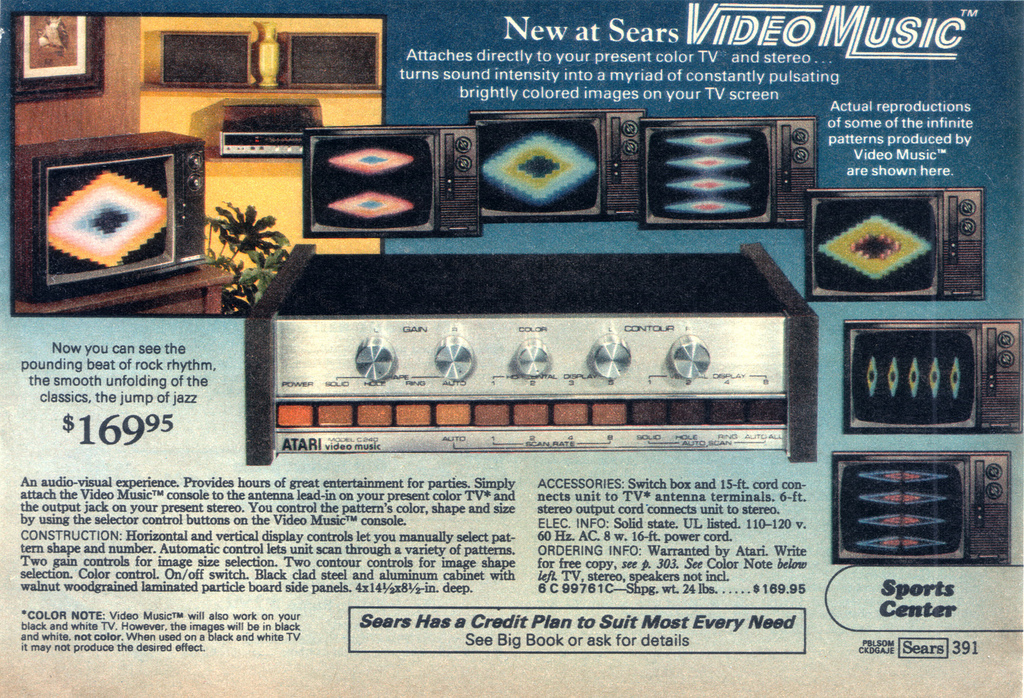 It's high price point and its weird niche contribute to it being a commercial failure. I've personally never seen any serial numbers surpassing 80,000, and a fatal design flaw makes the device easy to short out. Listings pop up occasionally on eBay, expect to pay around $400 to get one in good working condition. (Honestly a steal compared to its original MSRP being equivalent to $800 when adjusted for 2022 inflation.)
It's high price point and its weird niche contribute to it being a commercial failure. I've personally never seen any serial numbers surpassing 80,000, and a fatal design flaw makes the device easy to short out. Listings pop up occasionally on eBay, expect to pay around $400 to get one in good working condition. (Honestly a steal compared to its original MSRP being equivalent to $800 when adjusted for 2022 inflation.)
While getting the audio to be inputted to the video music is easy, getting the video output is a bit of a challenge. The Video Music uses VHF, which was not on either of my TVs (Sony CRT from the 2000's and a portable Panasonic Quintrix II from the mid 80s) nor was it on my VCR. You'll most likely need a conversion cable. I ended up converting it to a coaxial and pumping it into my VCR, which then outputs to the two TVs simultaneously. This allows me to record The Video Music's visuals to VHS as well. 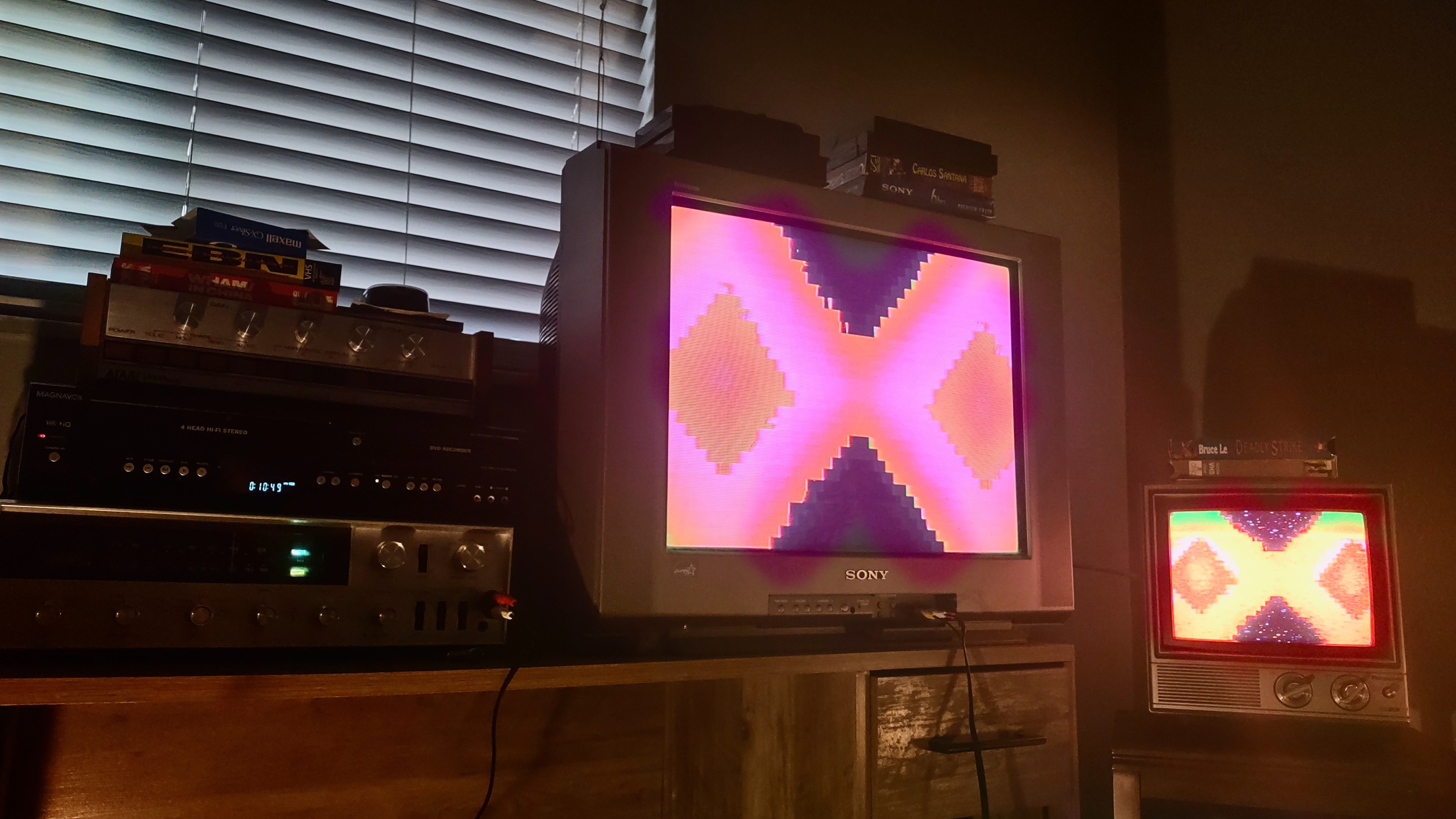 But you know what, for as much of a pain it is to set up, it sure is fun to interact with. This may sound pretentious, but having the Video Music is a visceral experience. I love physical formats because of the ability to interact with it, to know that I truly own it. And when I have to boot up an audio input, receiver, VCR, The Video Music, and the TV all at once, well it overall really feels like I'm one with the music. 
Daft Punk's Robot Rock (left) Devo's The Day My Baby Gave Me a Surprize (center) and The X-Files Ghost in the Machine S1, E7 (right) As for the visual themselves, it's very primitive by todays standards. While Windows Media Visualizer blows the video music out of the water, there's still something very charming about what the Video Music is capable of, and there is a decent selection of options to play around with. 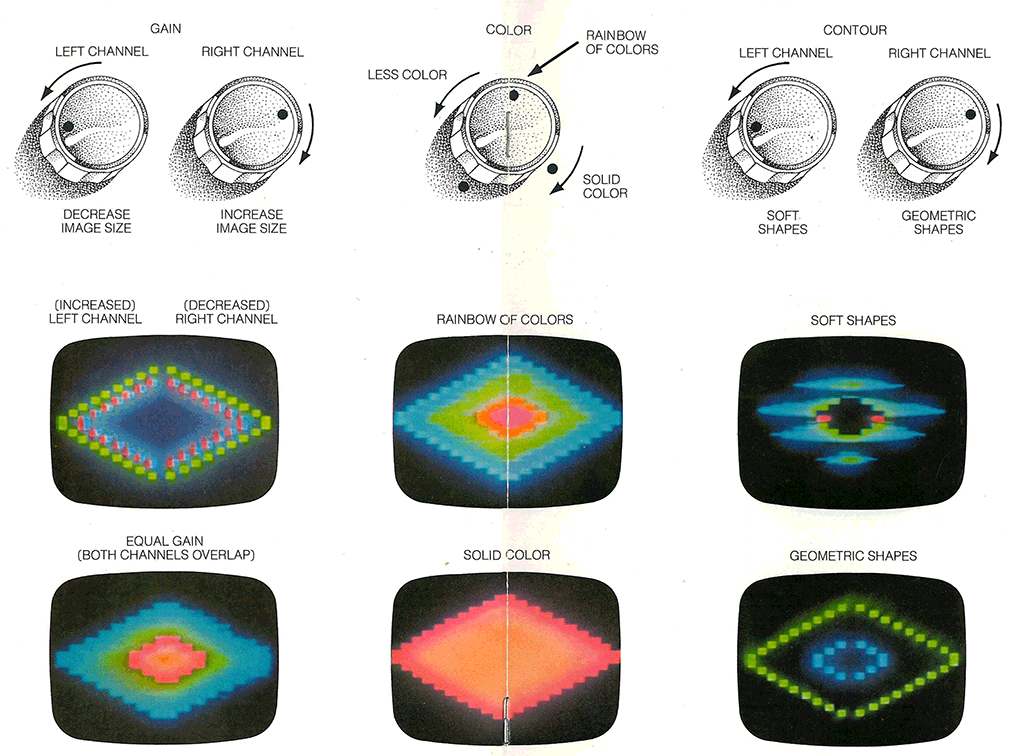 The device has 6 knobs and 11 buttons (excluding the power button) to play around with. The knobs dictate the color hue, sharpness of geometrics, and which channel of audio gets priority in the visuals. The buttons allow you to choose what type of shape is displayed, their density, how many
instances of it appear, and how often it cycles through different displays. Personally I prefer to keep it on full auto-mode, allowing for a diverse range of visuals to appear in rapid succession. Aside from that, I only ever tweak the contour knobs depending on how trippy I want it to be. However, if one were looking to use the Video Music to react with an instrument they're playing in real time, I could see the need for keeping the display consistent rather than random.
The device has 6 knobs and 11 buttons (excluding the power button) to play around with. The knobs dictate the color hue, sharpness of geometrics, and which channel of audio gets priority in the visuals. The buttons allow you to choose what type of shape is displayed, their density, how many
instances of it appear, and how often it cycles through different displays. Personally I prefer to keep it on full auto-mode, allowing for a diverse range of visuals to appear in rapid succession. Aside from that, I only ever tweak the contour knobs depending on how trippy I want it to be. However, if one were looking to use the Video Music to react with an instrument they're playing in real time, I could see the need for keeping the display consistent rather than random.
The visuals are akin to what I imagine Polybuis may have looked like, and at night it can put you into a trance like state. I often have it going in the background as I work on my computer, but I always end up glancing over and getting sucked into its display. The distorted input of my Panasonic Quintrix II really adds to the trippiness. 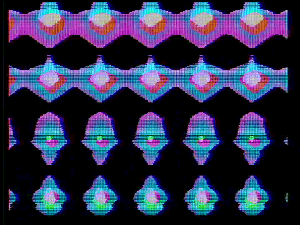 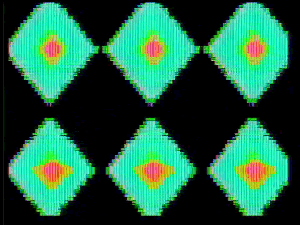 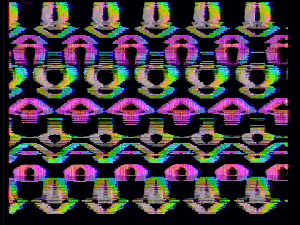 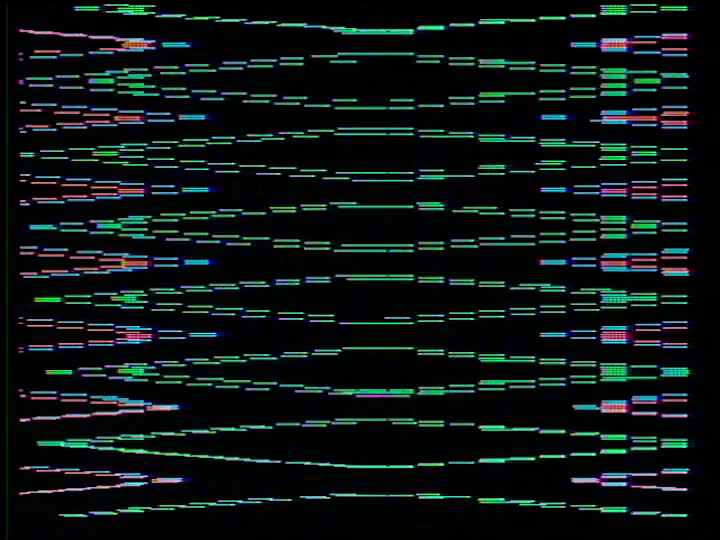
So overall, was it worth the price? For me, yes, but for the average person, or even a general audiophile, maybe. As is the case when this device first released, it's incredibly niche. Whereas any audiophile has a need for a record player, cassette deck, or receiver, this is a strange intersection that may be difficult to integrate into pre-existing set ups. 
Alternatives
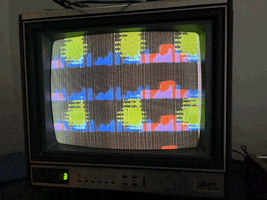
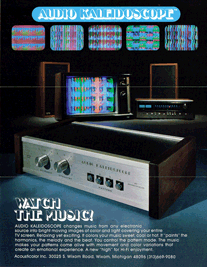
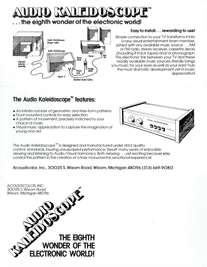
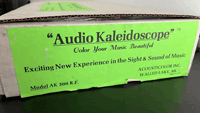





For inquiries about using Atari Video Music visuals in your projects or music videos, or if you have additional information regarding the AcoustiColor, please email here. |